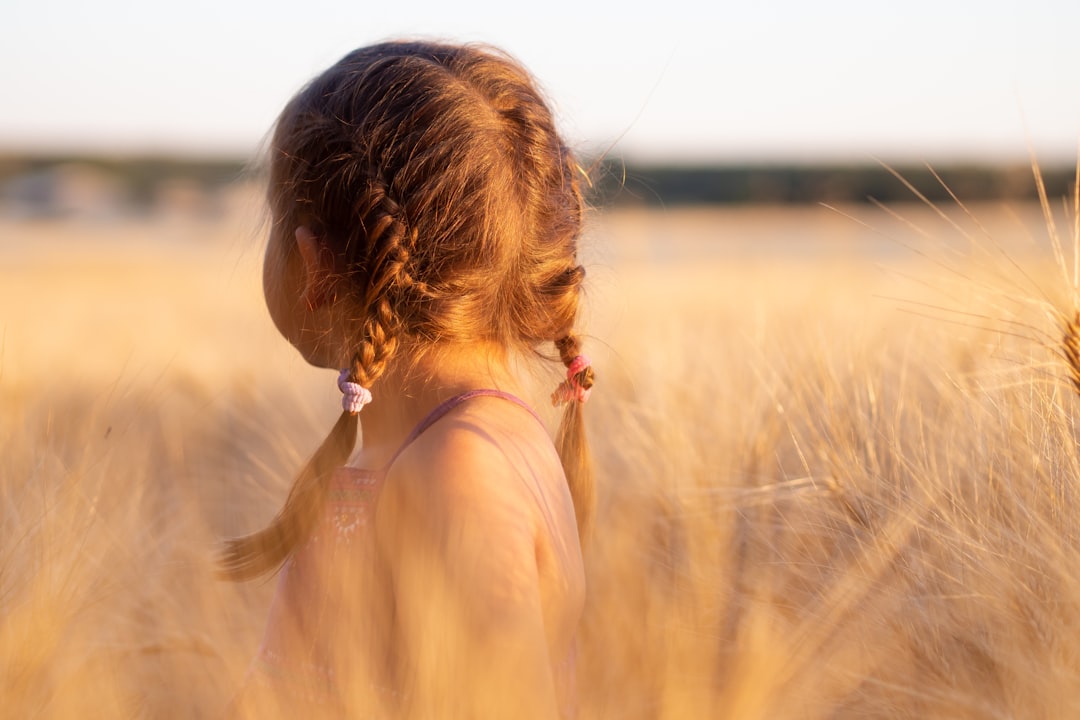The COVID-19 lockdowns amplified child abuse cases in Illinois, particularly in Downers Grove, as children were trapped at home with potential abusers. Local child abuse law firms stepped up by offering legal support, advocating for vulnerable kids' rights, and addressing increased domestic violence, substance abuse, and mental health issues. These firms adapted to new challenges through tech-driven solutions, public awareness campaigns, and community initiatives. Post-lockdown, their work remains crucial in preventing and addressing child abuse with collaborative efforts across sectors.
In the shadow of pandemic lockdowns, a silent crisis emerged—a surge in child abuse cases across Illinois, including Downers Grove. This article delves into the profound impact of COVID-19 restrictions on vulnerable children and examines legal responses from a local perspective. We explore the challenges faced by child protection agencies and law firms specializing in child abuse cases, as well as the crucial role community support plays in prevention and recovery efforts. By shedding light on these issues, we aim to foster understanding and advocacy for at-risk youth.
The Surge in Child Abuse During Pandemic Lockdowns: A Downers Grove Perspective

During the pandemic lockdowns, many children found themselves trapped at home with their abusers, leading to a significant surge in reported cases of child abuse across Illinois, including Downers Grove. This unforeseen circumstance put a spotlight on the existing challenges within the child protection system and revealed hidden dangers lurking beneath the surface. With schools closed and social interactions limited, professionals and authorities noticed an increase in domestic violence, substance abuse, and mental health issues—all factors that contribute to child maltreatment.
Downers Grove, like many communities, experienced a rise in emergency calls related to child welfare concerns. Local child abuse law firms played a crucial role during this period, offering legal support and advocating for the rights of vulnerable children. These firms provided guidance to families facing unprecedented stressors, ensuring that immediate safety measures were taken and necessary protections put in place.
Legal Challenges and Strategies for Addressing Increased Cases of Child Abuse

The pandemic lockdowns, while essential for public health, inadvertently created new challenges in the fight against child abuse. As schools and daycares closed, children were spending more time at home with their primary caregivers, leading to a surge in reported cases of abuse. This sudden increase strained existing legal systems, highlighting the need for innovative strategies to address this growing issue.
In Downers Grove, Illinois, child abuse law firms have had to adapt to these new realities. Legal challenges include proving abuse within households where no external witnesses are present and navigating the complexities of remote evidence collection. Strategies employed by these firms focus on leveraging technology for virtual interviews and documentation, ensuring continuity of care despite physical distancing measures. They also emphasize public awareness campaigns to educate communities about recognizing and reporting abuse, empowering neighbors to play an active role in protection.
The Role of Community Support and Advocacy in Prevention and Recovery Efforts

In the wake of pandemic lockdowns, community support and advocacy have become indispensable in efforts to prevent and recover from child abuse. Local initiatives, often led by child abuse law firms in Illinois like ours, play a crucial role in raising awareness about the heightened risk of abuse during such crises. These organizations provide essential resources, such as hotlines, safe spaces, and educational programs, to empower families and protect vulnerable children.
Through community outreach and support networks, advocates help break down barriers and encourage victims to seek help. They collaborate with local law enforcement, healthcare providers, and schools to ensure a comprehensive response. This collaborative approach fosters a sense of unity and strengthens the safety net for at-risk children, demonstrating that even during challenging times, communities can unite to combat child abuse effectively.





